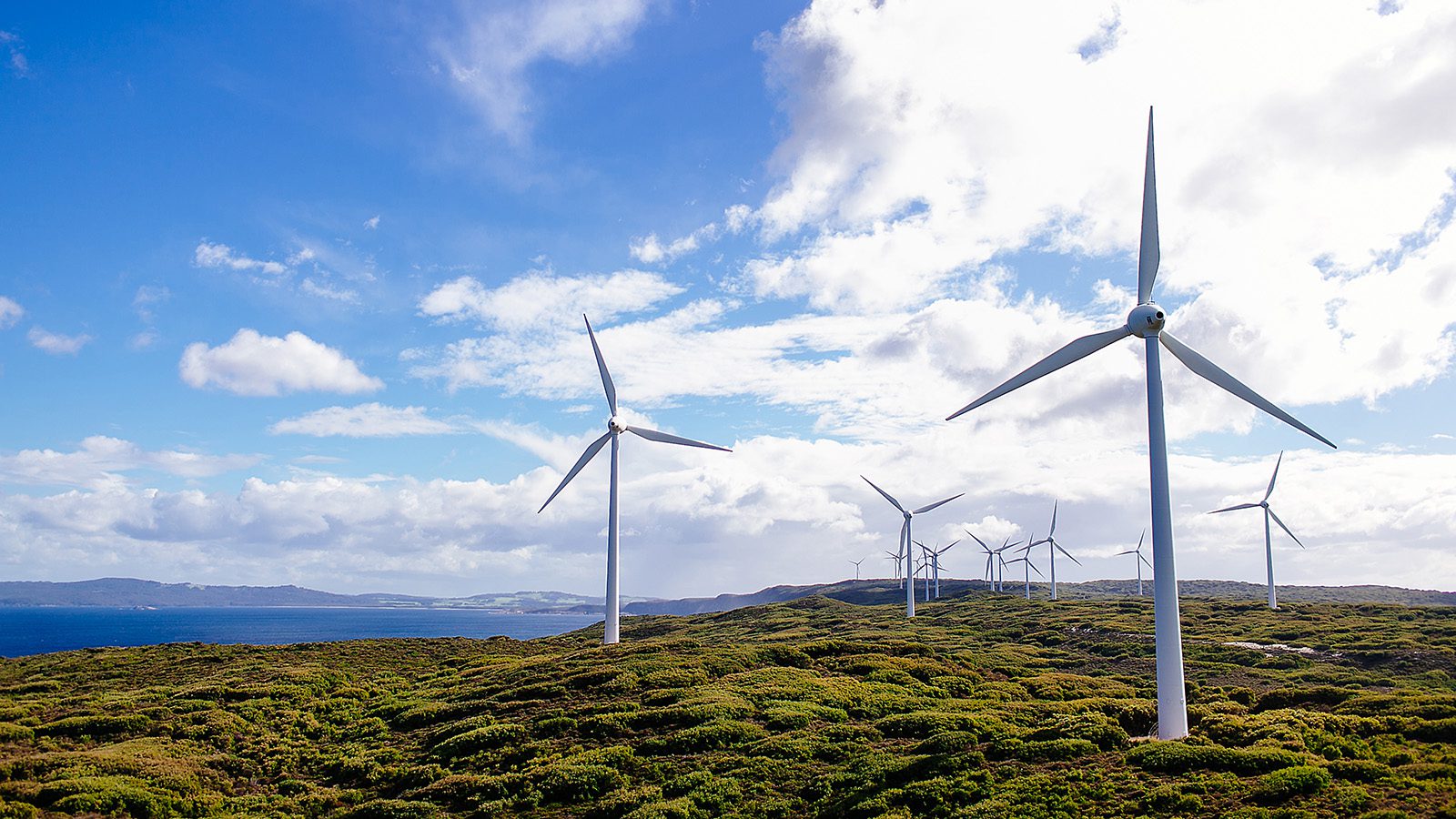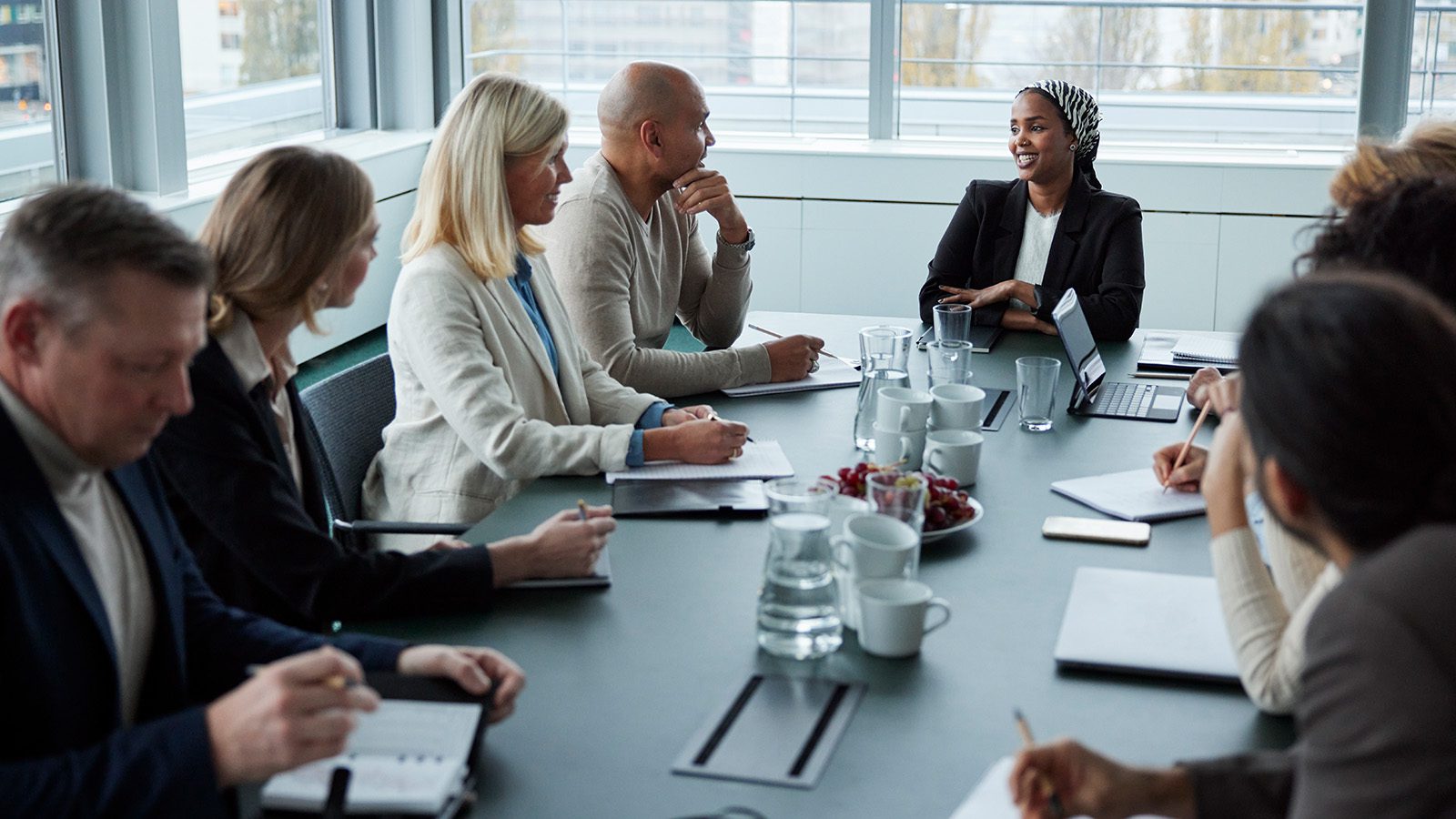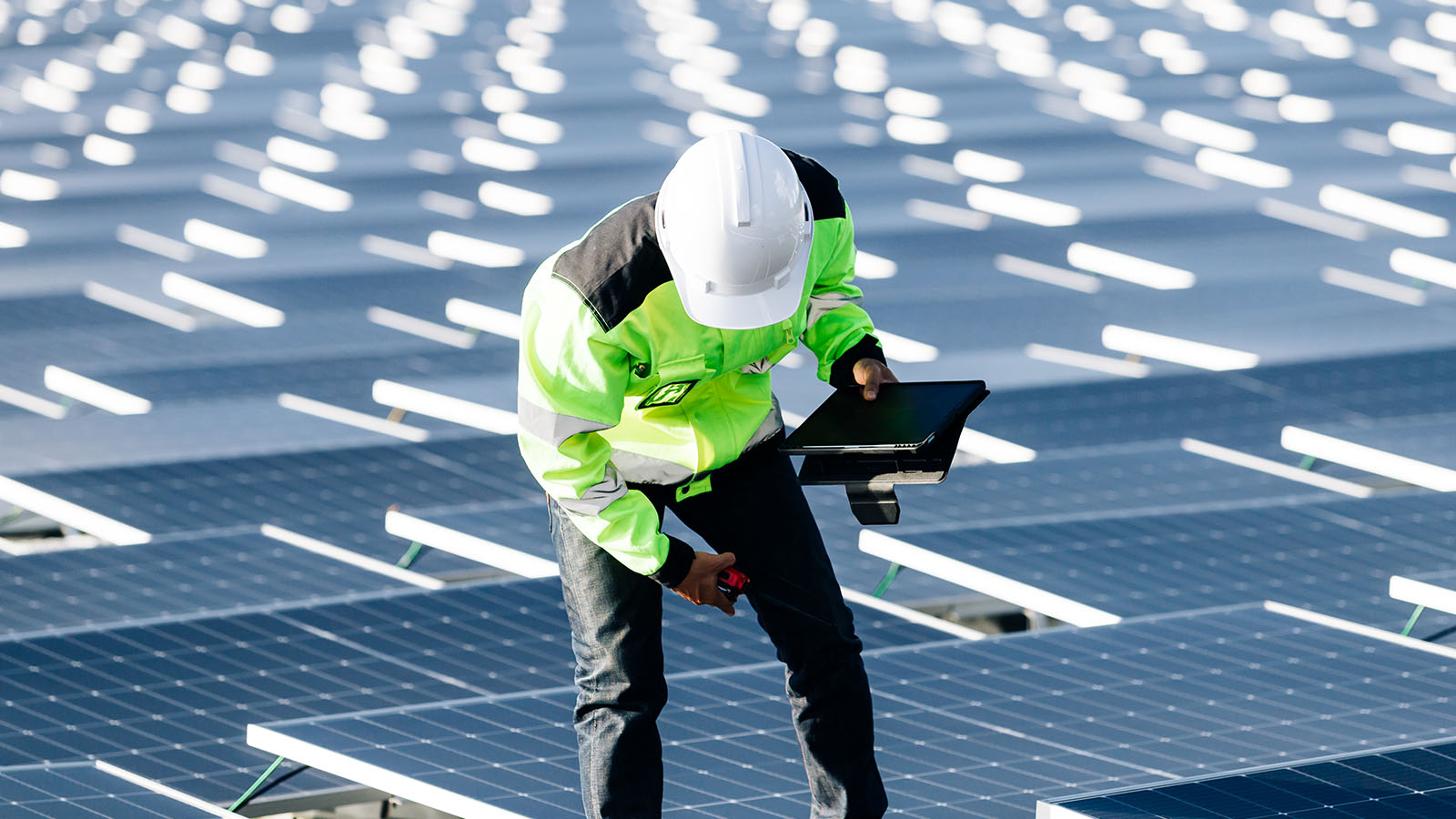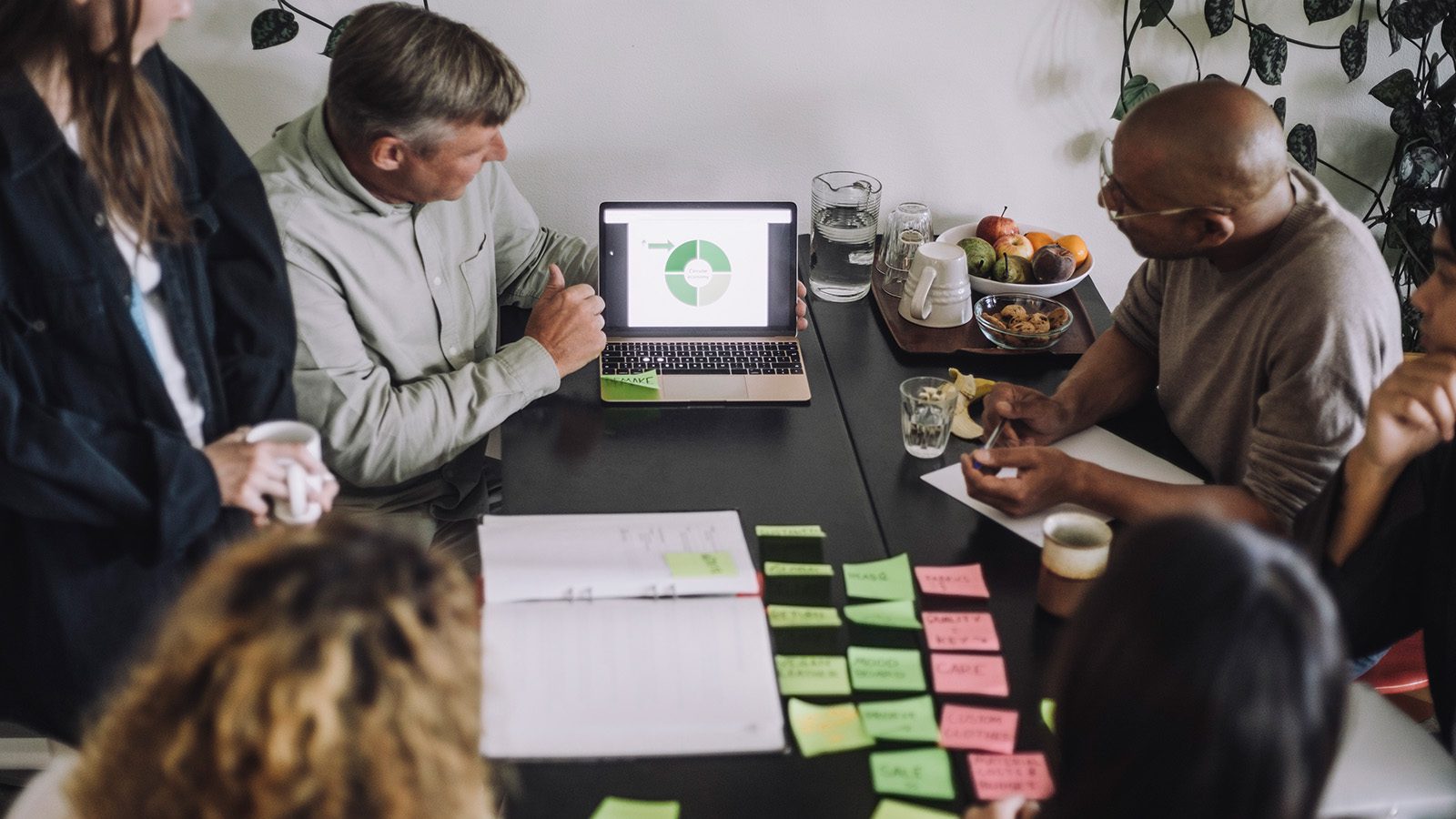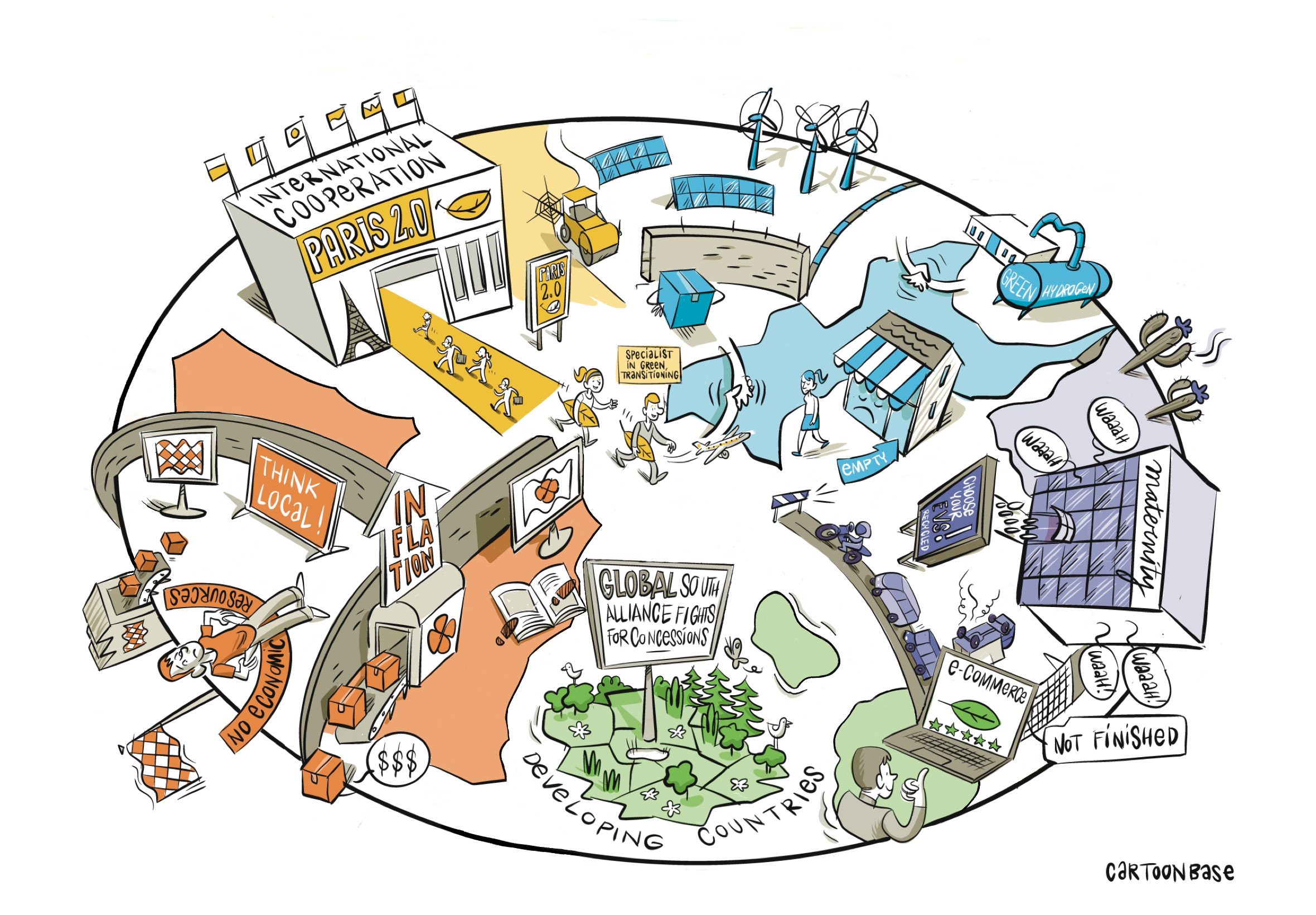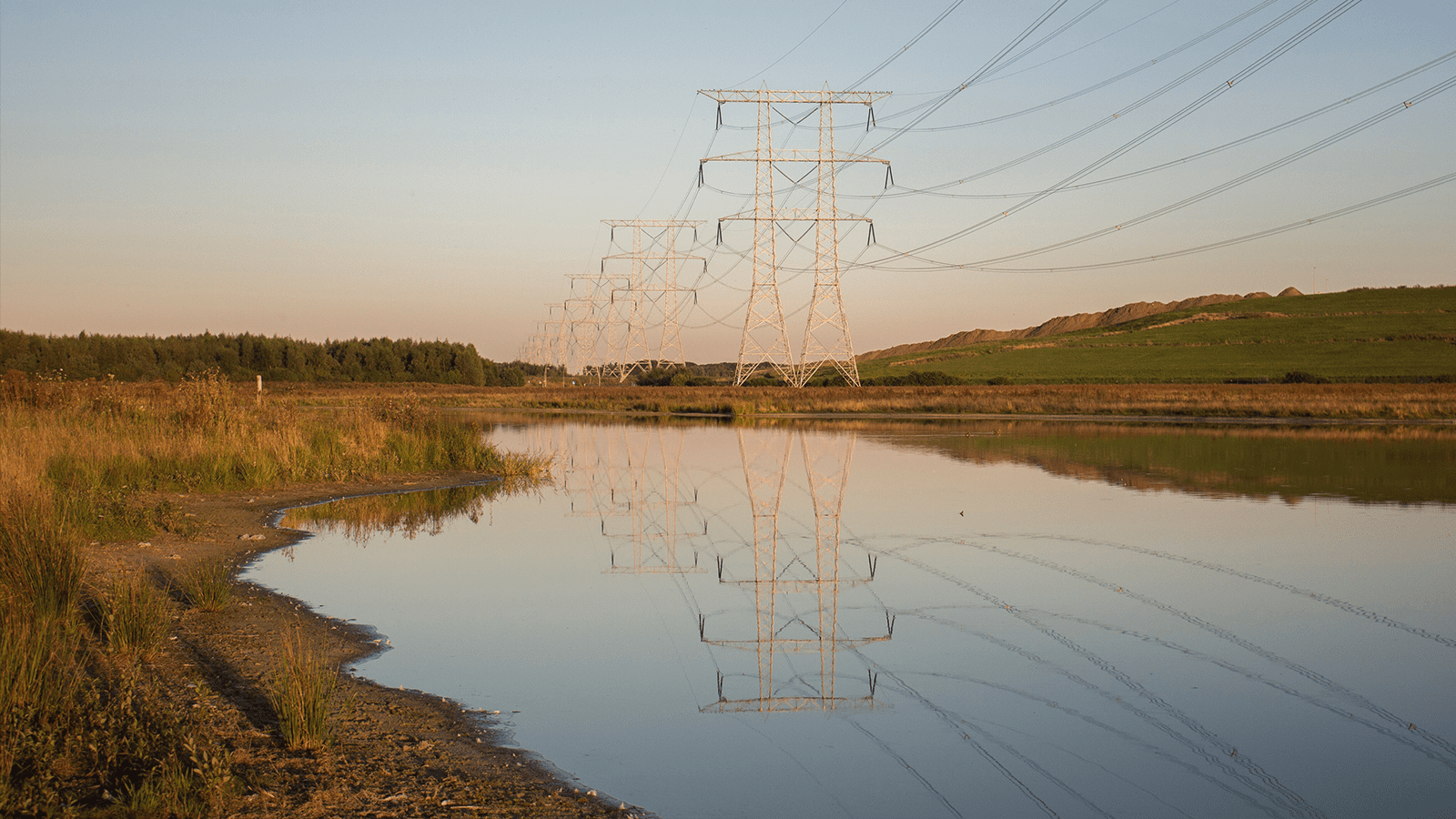Climate & Energy Transition Lab
The BHI Climate & Energy Transition Lab explores the hidden dynamics of the energy and sustainability transition, and where promising solutions may lie.
The Climate & Energy Transition Lab was established to help identify and develop innovative ideas that will transform the way leaders approach transitioning to a new energy economy. We build on the earlier work in understanding sustainability as a source of competitive advantage, and apply those learnings to help see around corners in the energy transition.
Our team of scientists and engineers uses advanced analytics and detailed case studies to uncover new business, investment, and policy opportunities.
Some of our current research themes include re-thinking the inherent economics of the energy transition, exploring the implications of different climate warming scenarios, and assessing the second- and third-order effects of natural resource use to fuel the transition.
SWITCH-GT
Learn how our dynamic Systems Workbench for Insight on Transition Change -- Green Transformation (SWITCH-GT) can unlock competitive advantage.
The Hidden Dynamics of the Energy Transition
The energy transition presents a massive and complex challenge, and it’s moving too slowly. To accelerate progress, businesses and governments should adopt a systems approach.
Accelerating Climate Action
How can society achieve rapid climate action at scale?
Emissions from Legacy Assets Demand Urgent Action
“Locked-in” emissions from existing assets threaten to exceed the 1.5°C global warming target. Using autos as a case study, we outline steps to tackle the problem.
Sustainability Scarcities
In the race to sustainability, scarcities and bottlenecks will emerge – those who move first will have an advantage.
The Green Economy Has a Resource-Scarcity Problem
Corporations worldwide have made ambitious commitments to reduce negative environmental and social impacts. But there’s a problem: New solutions to achieve these goals will inevitably trigger bottlenecks for the very resources, infrastructures, and capabilities upon which these initiatives depend. In a new HBR article, we look into how companies can mitigate risk and capitalize on opportunities.
Shaping Sustainable Ecosystems
The most complex sustainability challenges extend beyond the boundaries of the firm -- learn how coordinated action across highly distributed players can create solutions at-scale.
How Companies Shape Ecosystems to Achieve Sustainability and Advantage
Our research of 110+ in-depth case studies identified 9 ways in which companies can remake their ecosystems to unlock those sustainability constraints.
Sustainable Business Model Innovation Book
The eighth edition of our “Inspiring the Next Game” book series offers guidance from BCG Henderson Institute Fellows and contributors to help leaders create more competitive and sustainable companies.
Sustainable Business Model Innovation
Learn how companies can turn sustainability into advantage by optimizing for both business and societal outcomes.
The Quest for Sustainable Business Model Innovation
How can companies reconcile the two S-words of business: sustainability and sustainable competitive advantage?
Building Competitive Advantage in a Sustainable World Podcast
Senior business leaders discuss their experiences and views on how to reconcile sustainability and sustainable competitive advantage through the climate and energy transition.
Creating Enduring Value: Lessons from The Heritage Group’s CEO Amy Schumacher
"Our mission is simple yet profound: to build businesses we’d be proud to own forever. It’s not just about the bottom line; it’s about tackling the hard problems that matter, investing in people who make a difference, and creating enduring value that spans generations."
How Science Meets Strategy: Chris Killian on Sustainability in the Materials Industry
"True circularity isn’t about downcycling materials into single-use products—it’s about creating systems where waste becomes the building block.… This approach not only ensures superior performance and sustainability for consumers but also transforms the entire value chain."
Chaos to Order: Doyne Farmer on Complexity Science and Economic Transformation
"This is a revolution in economics ... we're saying, let's do things completely differently, let's take behavioral models that are built by observing how people behave."
MUFG and Financing the Energy Transition
"Our clients’ emissions are our emissions; our clients’ decarbonization is also our decarbonization. This is where our clients’ efforts and our efforts are very much aligned. This is why this is all about collaboration, not like competing with other banks, but rather [creating] a partnership and collaboration."
Redefining Business: Judy Samuelson on Purpose, Culture, and Sustainable Advantage
"Employees are your biggest partner. They are your allies in the long game. They are very aligned with the health of the enterprise and play a crucial role in driving sustainability initiatives."
Threading the Needle: Navigating the Challenges of Business in Society
"Business is the most influential institution of our day, ignored at your peril. We can’t solve any of our most important problems—climate, inequality, economic mobility—without business at the table."
Accelerating Climate & Sustainability: Harnessing Collaboration and Innovation
"If reducing carbon also cuts costs, boosts competitive advantage, improves financial performance, enhances employee satisfaction, and aids in recruiting and retention, why aren’t we progressing faster? What holds us back?"
Leadership in Sustainability: How Orbia Tackles Global Challenges
"What we care about is advancing life around the world. This is our purpose. It affects every choice we make with respect to our assets; which businesses we will participate in and which we won’t participate in; and how we show up for our varied global stakeholders."
Recent Insights
Climate Change and Sustainability Climate Change May Trigger Financial Tipping Points. Here’s How Leaders Can Prepare.
Leaders can anticipate, innovate, and collaborate to help their businesses avoid climate-driven disruption—and create new value.
Sustainable Business Model Innovation: What Winners Are Doing Right
BCG’s Sustainable Business Model Innovation points to new modes of differentiation by embedding societal value into products, processes, and services and reshaping business ecosystems.
Turning Materials Scarcity into Competitive Advantage
Companies that combine smart investment with targeted innovation in their value chains can achieve competitive advantage.
The Economic Opportunity Hidden in the Climate Transition
Marielle Remillard warns of looming material shortages in the race to build the future energy grid — and reveals why it could spark the next Industrial Revolution in business.
Corporate Sustainability Is in Crisis. What Should Companies Do Now?
Corporate sustainability is currently facing setbacks, but countervailing forces may eventually drive a renewed focus—though not without a turbulent interim period.
The Expanding Agenda for Boards of Directors
Boards are grappling with a number of complex and interconnected issues, including the climate and sustainability imperatives, GenAI, and geopolitical disruption. Here’s how they are adapting.
The Hidden Dynamics of the Energy Transition
The energy transition presents a massive and complex challenge, and it’s moving too slowly. To accelerate progress, businesses and governments should adopt a systems approach.
Short-Term Solutions for Bending the Ammonia Emissions Curve
Renewable ammonia has long-term potential, but the industry can’t wait. Ammonia producers and customers can take steps to become more sustainable, starting today.
How Scarcity Will Reshape Your Sustainability Strategy
Every business must identify and respond to potential shortfalls embedded in its value chains.
Preparing for an Uncertain Future with Climate Scenarios
Stress-test your strategy and stretch your imagination.
Emissions from Legacy Assets Demand Urgent Action
“Locked-in” emissions from existing assets threaten to exceed the 1.5°C global warming target. Using autos as a case study, we outline steps to tackle the problem.
Is Electricity Pricing Running Out of Gas?
By causing gas plants to close, renewable energy could disrupt the pricing of electricity, impairing investment signals. What comes next will depend on which of three technologies emerges to support the rise of renewables.
















